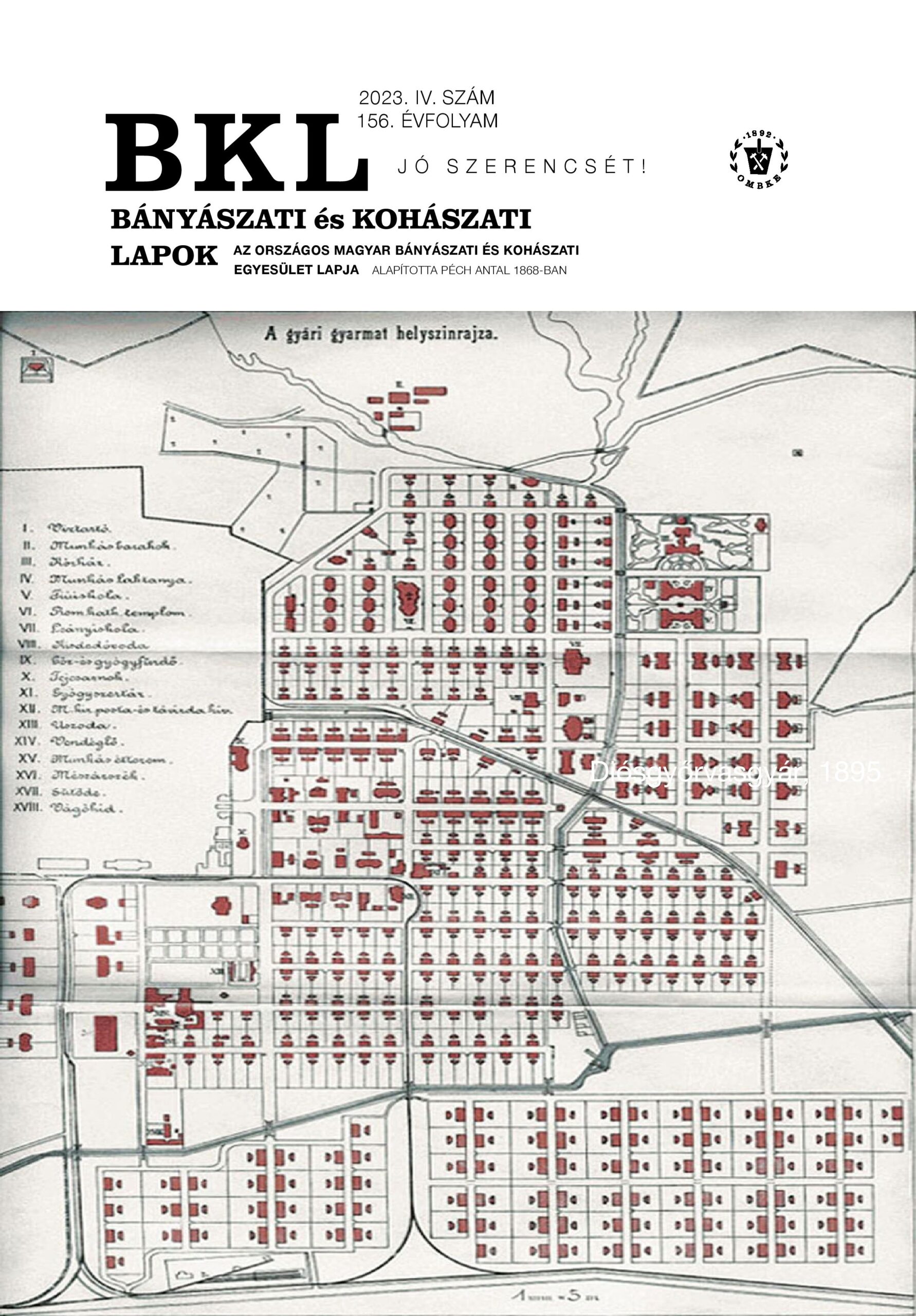A diósgyőrvasgyári lakótelep kialakulása, 1868–1945
Absztrakt
A Fazola Henrik alapította Diósgyőr Hámori (vagy Szentléleki) Vasmű kezdetben Ómassa, majd Újmassa, illetve Hámori telephelyeken működött az első száz évében, majd 1868-at követően Péch Antal javaslatára, a mai helyére költözött az állami tulajdonban álló gyár. Az új gyártelep mellé lakótelep is épült, amit az állami tulajdonos nagy gondossággal fejlesztett és működtetett. A gyarmat a bölcsőtől a sírig gondoskodott a lakóiról testi és lelki felüdülést is biztosított. Példaértékű volt a társadalmi gondoskodás, amelyet a dolgozók a hűségükkel háláltak meg, generációk egész sora volt a Diósgyőrvasgyár dolgozója, illetve lakója úgy, hogy az életük során alig kellett elhagyniuk a kolóniát.
Hivatkozások
A Diósgyőri Magy. Kir. Vas- és Aczélgyár története 1765-1910. Miskolcz, 1910.
Kiszely Gyula: A Diósgyőri Magyar Állami Vas- és Acélgyártás története 1867-1945. (Tanulmányok Diósgyőr történetéhez 1.) Borsod-Abaúj-Zemplén Megyei Levéltár kiadványa, Miskolc, 1997.
Olajos Csaba: A Diósgyőr-vasgyári kolónia. (Tanulmányok Diósgyőr történetéhez 4.) Borsod- Abaúj Zemplén Megyei Levéltár kiadványa, Miskolc, 1998.
Magyar Mérnök- és Építész-Egylet Közlönye. XXIII. évfolyam, 1889., Budapest
A Diósgyőri M. Kir. Vas- és Acélgyár Munkásjóléti és Kulturális Intézményei. Budapest, 1928



